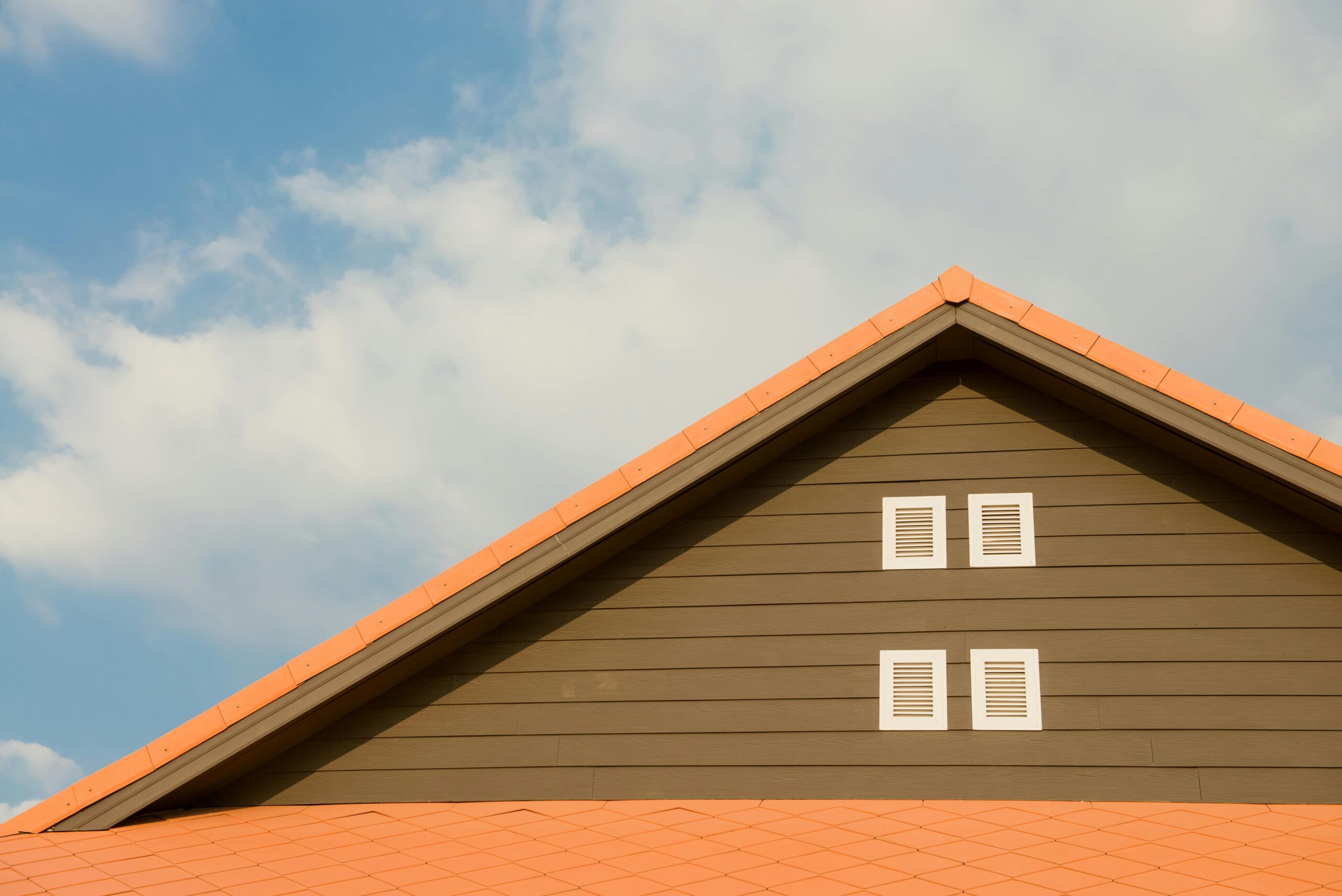When investing in a new roof, understanding the warranties that protect your investment is just as important as selecting quality materials. Roofing warranties can be confusing with their various terms, conditions, and coverage limitations. Most roofing projects come with two distinct types of warranties: manufacturer warranties that cover the physical roofing materials and workmanship guarantees provided by the installation contractor. This article explains the key differences between these warranty types, what they typically cover, their common exclusions, and how to maximize their benefits for your home.
The Basics of Roofing Warranties
A roofing warranty represents a promise from either the manufacturer or the installer to stand behind their product or service for a specified period. Understanding the roofing warranty explained types is crucial before signing any contract. Most homeowners don’t realize they’re actually receiving two separate warranties when they have a new roof installed. The manufacturer shingle warranty protects against defects in the materials themselves, while the roofer workmanship guarantee covers problems that might arise from improper installation. These warranties vary widely in duration, coverage, and transferability, making it essential to read the fine print before making assumptions about your protection.
Manufacturer Warranties Explained
The manufacturer shingle warranty comes directly from the company that produced your roofing materials. Standard manufacturer warranties typically range from 20 to 50 years, with premium products often carrying “lifetime” warranties. However, it’s important to understand that “lifetime” usually refers to the expected life of the product, not your lifetime as a homeowner. These warranties primarily cover manufacturing defects—issues with the materials themselves rather than how they were installed. For example, if shingles begin cracking or deteriorating prematurely due to a manufacturing flaw, the warranty would likely cover replacement materials.
Most manufacturer warranties are prorated, meaning the coverage value decreases over time as your roof ages. The first few years might offer 100% coverage, but this percentage typically diminishes annually. Additionally, these warranties usually cover materials only, not the labor costs associated with removing and replacing defective shingles. Some manufacturers do offer premium, non-prorated “enhanced” warranties for an additional fee, which provide more comprehensive coverage including labor costs. These enhanced warranties often require installation by a contractor certified by the manufacturer, as noted by roofing experts at AskHomey.
Workmanship Warranties and Their Importance
The roofer workmanship guarantee is provided directly by your roofing contractor and covers installation-related issues. While manufacturer warranties protect against defective materials, workmanship warranties address problems stemming from improper installation techniques. This distinction is critical because research indicates that most roof failures result from installation errors rather than material defects.
Workmanship warranties typically range from 1 to 10 years, though high-quality contractors may offer longer coverage periods. The length and comprehensive nature of a workmanship warranty often reflect a contractor’s confidence in their installation skills. A longer, more inclusive workmanship guarantee generally indicates a more reputable contractor. Unlike manufacturer warranties, workmanship guarantees usually cover both labor and materials needed to fix installation-related problems, making them extremely valuable for homeowners.
Common Warranty Exclusions and Limitations
Even the most comprehensive roofing warranty explained types have exclusions and limitations that homeowners should understand. Most warranties exclude damage from “acts of God” such as hurricanes, tornadoes, earthquakes, or severe hailstorms. Other common exclusions include damage from foot traffic, improper home maintenance, unauthorized repairs, or modifications to the roof after installation.
Manufacturer warranties may be voided if proper ventilation wasn’t maintained in the attic or if the roofing materials were installed over existing shingles against manufacturer recommendations. Similarly, workmanship guarantees often require homeowners to perform regular maintenance to remain valid. Many warranties also become void if the homeowner attempts DIY repairs or hires a different contractor to work on the roof without prior authorization.
Maximizing Your Warranty Protection
To get the most protection from your roofing warranties, start by carefully reviewing all warranty documentation before selecting both materials and a contractor. Compare the length and comprehensiveness of different manufacturer shingle warranty options, and pay particular attention to contractors offering robust roofer workmanship guarantee terms. Ask specific questions about what is and isn’t covered, and get answers in writing whenever possible.
Maintain thorough documentation of your roof installation, including contracts, warranty certificates, receipts, and photographs. Follow all prescribed maintenance requirements to keep your warranties valid, and report any problems promptly according to the notification procedures outlined in your warranty documents. Some warranties require notification within a specific timeframe for coverage to apply.
The Value of Warranty Registration
Most manufacturer warranties require registration within a certain period after installation to validate full coverage. Without proper registration, you may only be entitled to basic coverage rather than enhanced protection. Similarly, some contractor workmanship guarantees must be formally activated. Take the time to complete all warranty registration forms, submit them through the proper channels, and keep copies for your records.
For more tips and to connect with reliable home service professionals, follow AskHomey on Facebook and Instagram.



